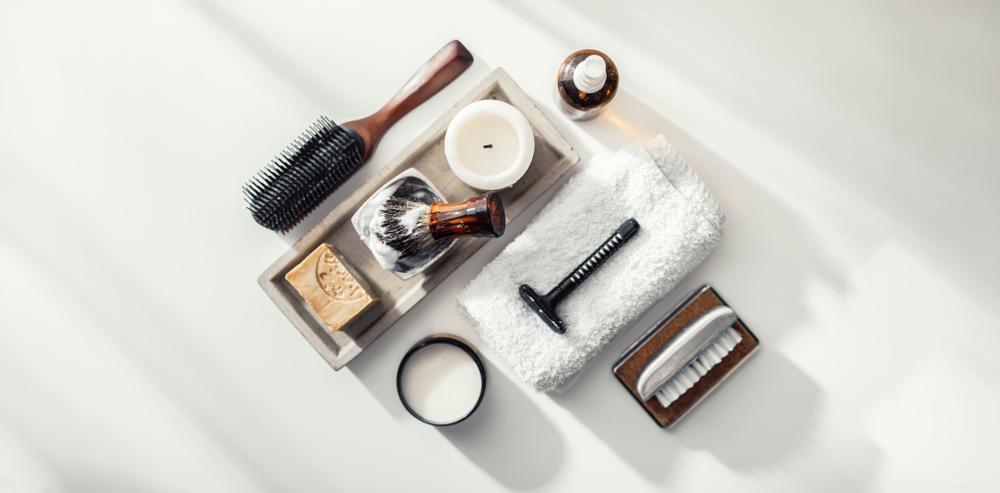Shaving is an everyday (or perhaps less frequent) task that’s typically performed with little forethought. However, it can be transformed into a morning ritual that leaves you energized and looking like a million bucks.
Historians tell us that man first began grooming himself 100,000 years ago by using clam shells like tweezers to remove unwanted hairs. About 40,000 years later, a caveman named Og realized that he could sharpen the clam shells or use stone knives to shave, representing a huge step in facial grooming.






